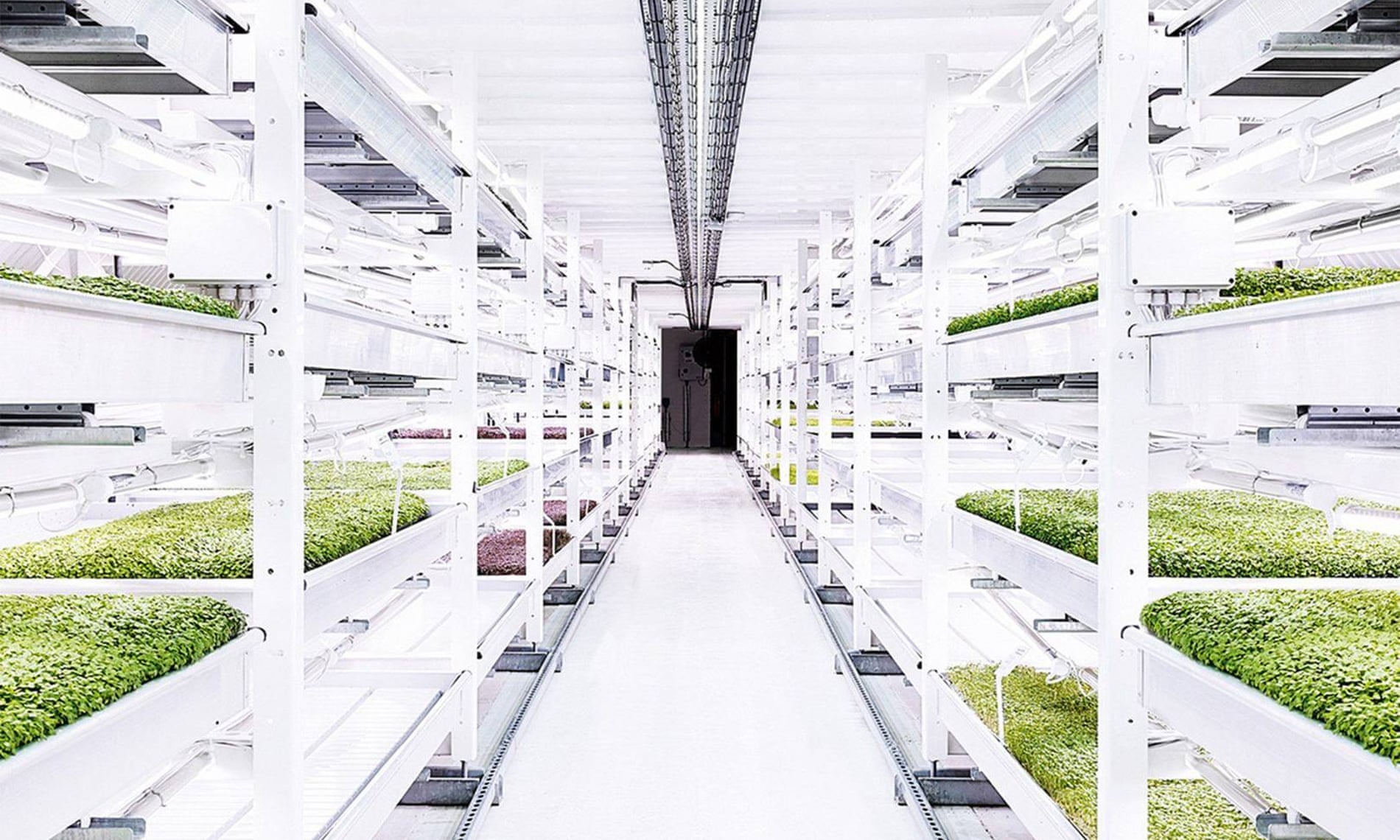 |
| Growing Underground is a city farm located 33 meters beneath Clapham High Street, London. It produces micro-greens for the likes of Marks & Spencer and Ocado |
Roca London Gallery’s latest show explores real-life projects and products helping city buildings grow food and reuse waste. The exhibition runs from 9 Feb to 18 May
All images courtesy of Roca London Gallery
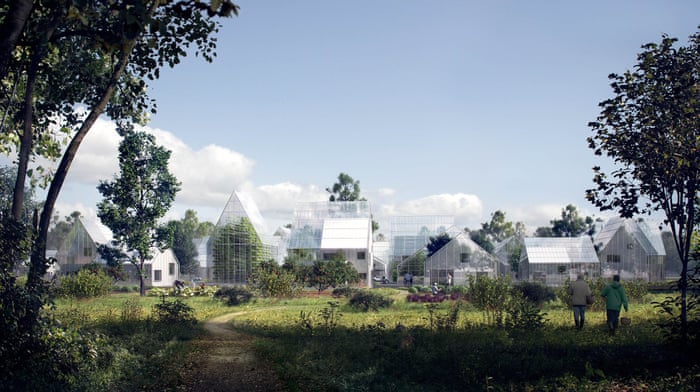 |
| ReGen Villages, Almere, Netherlands – pilot scheme. ReGen Villages is a model for the development of off-grid, integrated and resilient eco-villages to power and feed self-reliant families around the world |
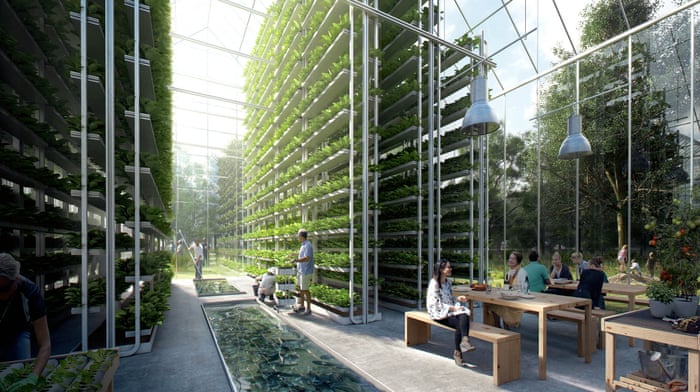 |
| ReGen Villages, Almere, Netherlands – pilot schemeReGen Villages is a model for the development of off-grid, integrated and resilient eco-villages to power and feed self-reliant families around the world |
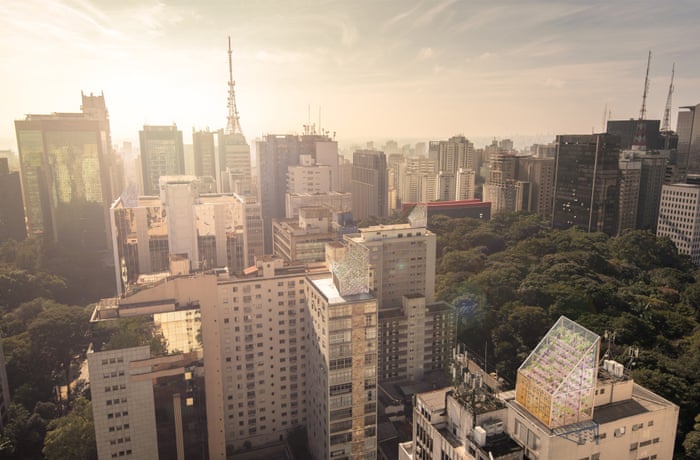 |
| Power Plant rooftop greenhouses, Marjan van Aubel – pilot scheduled for 2019. |
The multi-award-winning Marjan van Aubel is a solar designer whose innovative practice spans the fields of sustainability, design, and technology. Her Power Plant concept is the world’s first self-powering greenhouse. Through a transparent solar glass, it powers its indoor climate, harvesting both food and electricity
 |
| Growing Underground farm, London – up and running |
Founded in 2015 by Zero Carbon Food and backed by Michel Roux, Growing Underground produces micro-greens for the likes of Marks & Spencer and Ocado. It is located 33 meters beneath Clapham High Street in disused deep-level shelter tunnels built during the second world war
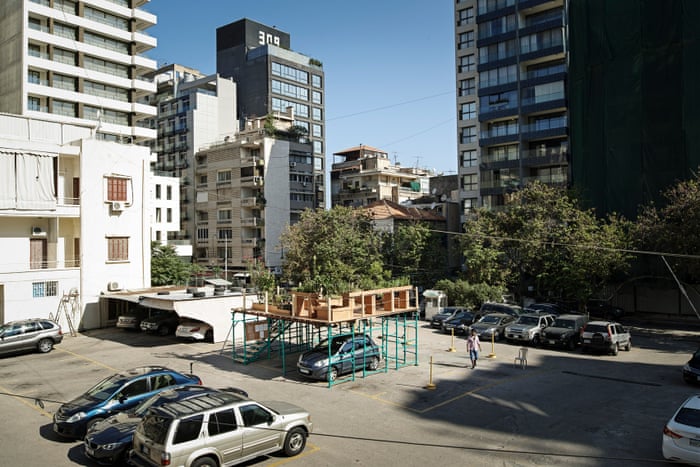 |
| Urban Hives, Nathalie Harb – trialledArtist Nathalie Harb’s project proposes a network of food-growing plots for car parks. |
The plots sit on low-cost, easy-to-construct platforms raised above the cars, providing shade for cars and space to grow food in the heart of the city. Two such ‘lifted gardens’ were installed for Beirut Design Week 2018
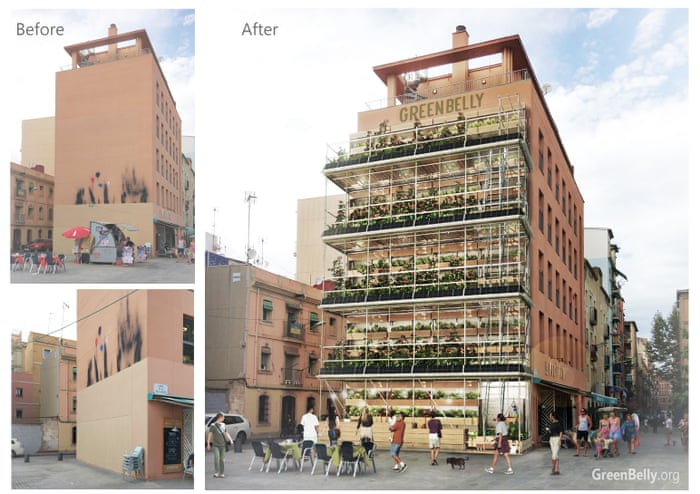 |
| GreenBelly vertical urban garden – fundraising |
GreenBelly is a vertical garden that makes use of cities’ existing walls to produce fresh food in limited spaces. A scaffold is made from recycled materials to house the growing spaces, which are fed by organic waste from neighbors. GreenBelly is now working on the next step, using the same concept but at a larger scale: the construction of a living tower that incorporates the vertical garden in the facade
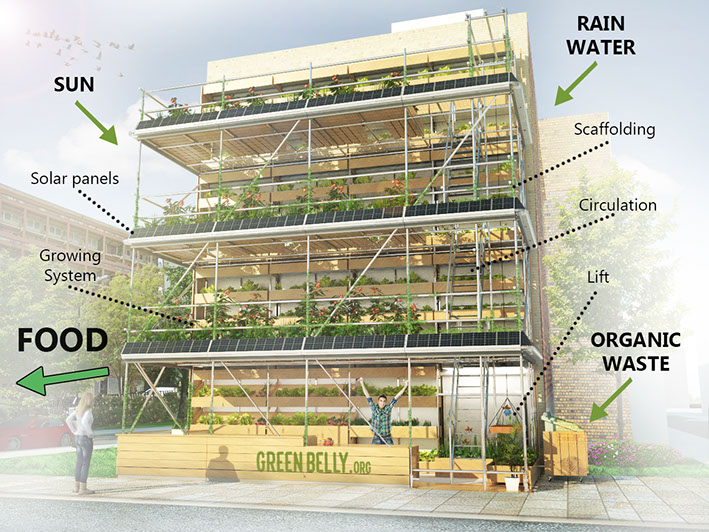 |
| Image: GreenBelly.org |
 |
| H5 home hydroponics unit |
The H5 is a plug-n-play device designed to look like a beautiful piece of furniture and work as a mini tech-filled laboratory. It features a pump that circulates water and aerates the roots; a smart meter for PH levels, temperature and light; and lamps that give plants the right type and amount of light
EnerGaia Spirulina – up and running Based in Bangkok, EnerGaia specializes in producing fresh and sustainable algae products. Focused on making Spirulina a part of daily diets and using otherwise unusable space and land to cultivate healthy food, EnerGaia is keen to tackle urban nutritional and environmental problems
Floating Farm, Rotterdam, Netherlands – opening 2019Floating Farm will produce and process fresh milk close to the end users in the city. Students, schoolchildren, and the general public will be encouraged to visit for a better understanding of the dairy production process
Edible Schoolyard – up and running in several locations in the USA founded in 1995 by chef and activist Alice Waters to transform children’s relationship with food, the Edible Schoolyard project was created in partnership with the principal at a public middle school in Berkeley. Edible education, as the idea is now called, integrates organic gardening and cooking into the curriculum and encourages children to think about how the building, its system, and the surrounding gardens work together
Parasitic Urbanism, Chijen Wang – concept stage A proposal by RCA graduate Wang for an alternative energy system that uses natural resources readily available in the city – human waste, garden waste, food waste – to generate electricity through anaerobic digestion, attaching biogas stations to the service cores of apartment buildings
BlockchainDome Heat Station – trialed in Quebec, 2018UnitedCorp’s concept of a synergistic ‘Heat Campus’ uses residual heat from computer servers for agricultural applications such as greenhouse heating and the drying of grains and hay that have, until now, been a major financial drain and atmosphere pollutant
BuzzBuilding, Taipei, Taiwan – concept stage With the goal of showing how Taipei could become self-sufficient in protein, Belatchew Arkitekter proposed the construction of an insect farm in the Ren-A Circle roundabout offering 10,350 sq meters of the farmable surface. The insect hub, called the BuzzBuilding, would also become a safe space for endangered wild bees
BuzzBuilding, night view
BuzzBuilding, detail showing bees
Topics
ORIGINAL: The Guardian
Sat 9 Feb 2019 09.00 GMT
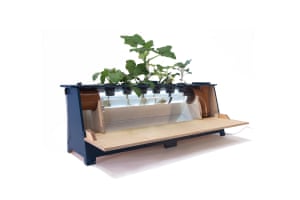


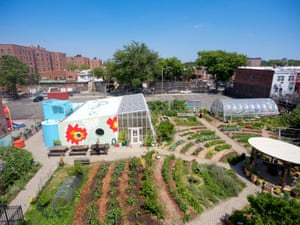
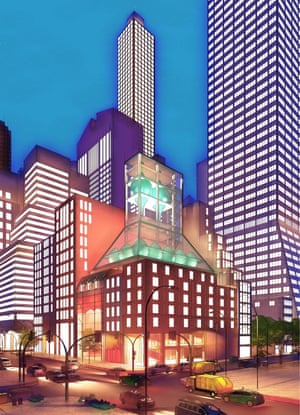
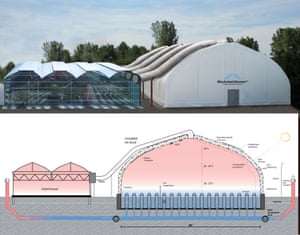
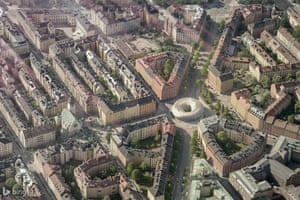
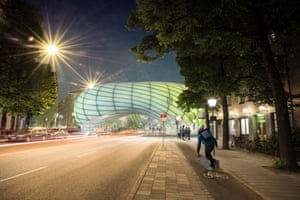

This article is what i was searching for!
ReplyDeleteThanks for sharing
If you want information on tractor then do visit our website
Visit here: TractorGuru.in
ReplyDeleteHello!!
Useful blog. thank you for sharing with us.
tractor
Nice..Useful information
ReplyDeleteContinuous inkjet printers
This comment has been removed by the author.
ReplyDeleteYes, it is true that agritecture can make cities self-sufficient. However, there is a need for proper availability of water for better irrigation results. Farmers can seek assistance from water resources for irrigation purposes.
ReplyDeletehttps://www.eagleone1.com/irrigation-water-tanker/
This comment has been removed by the author.
ReplyDelete